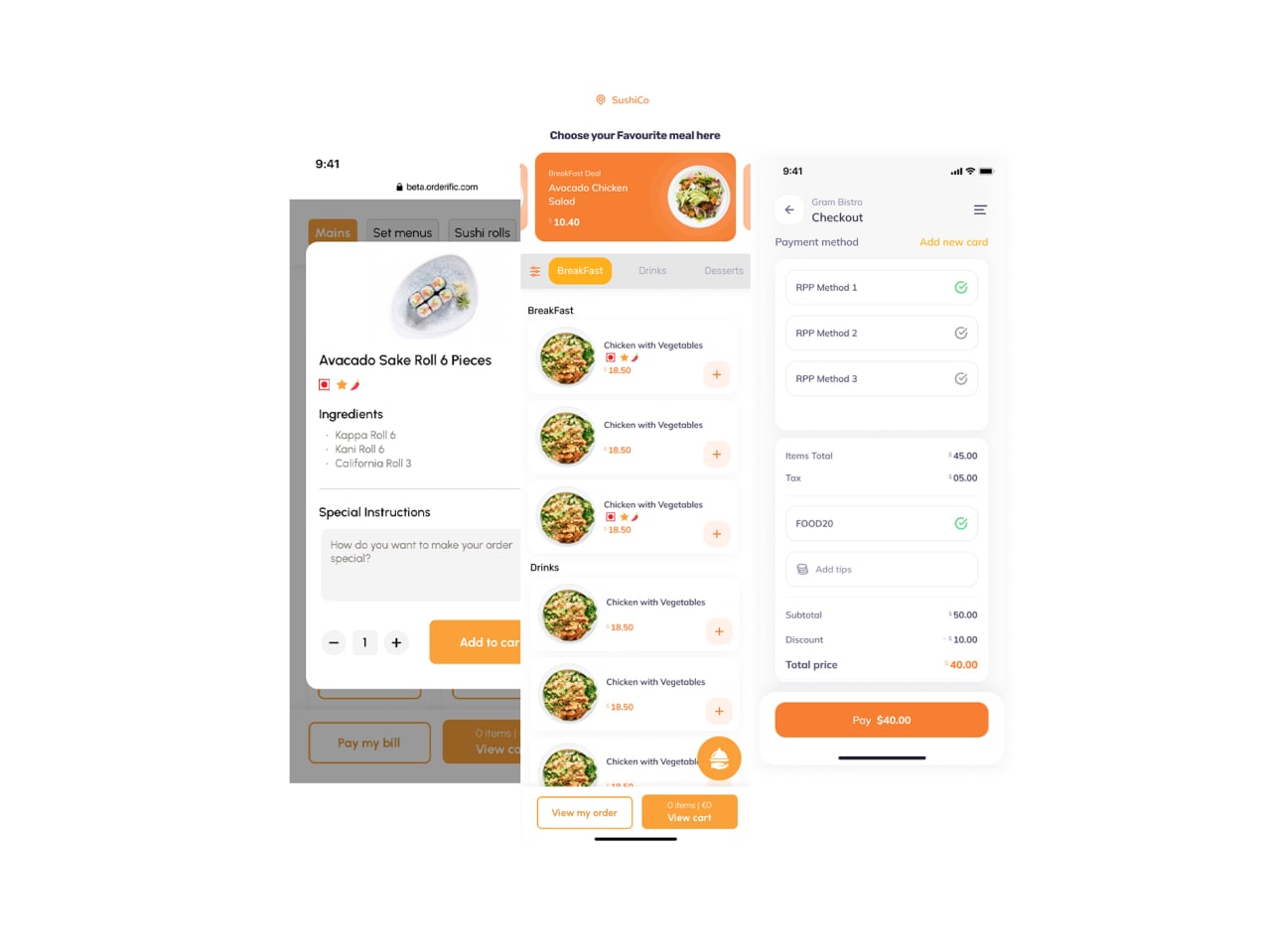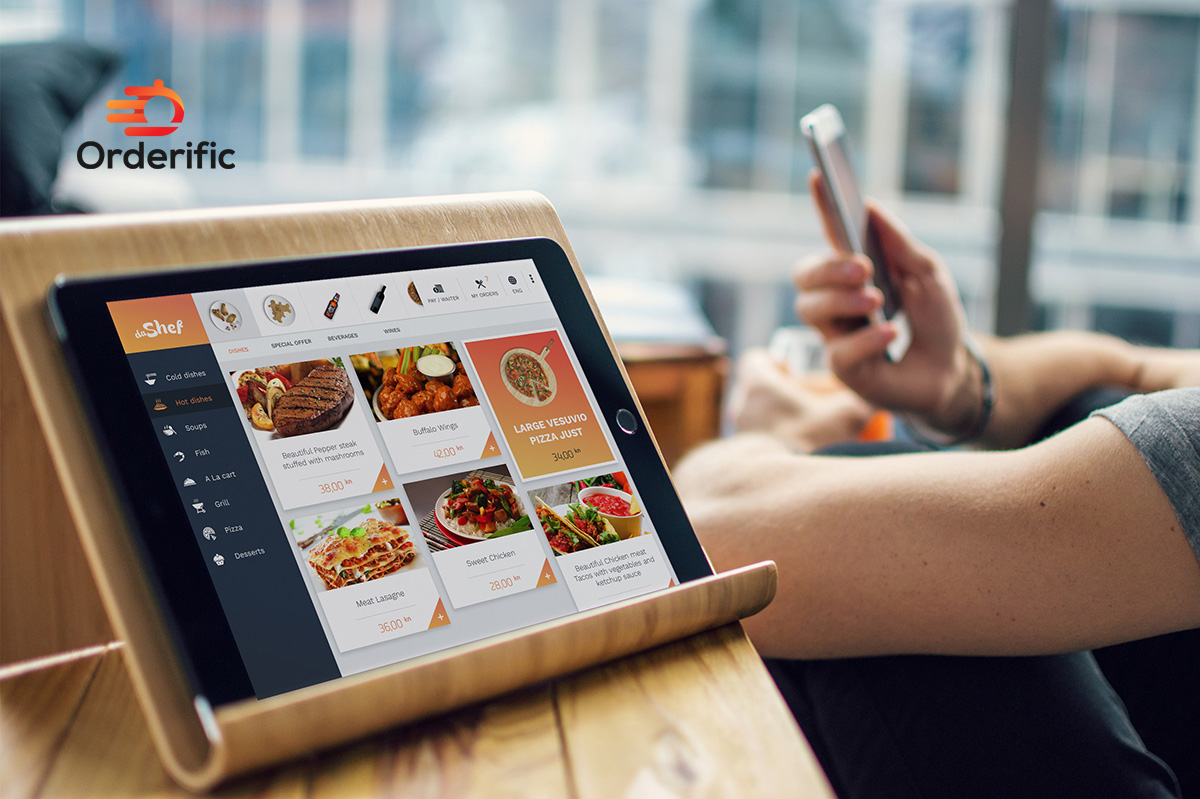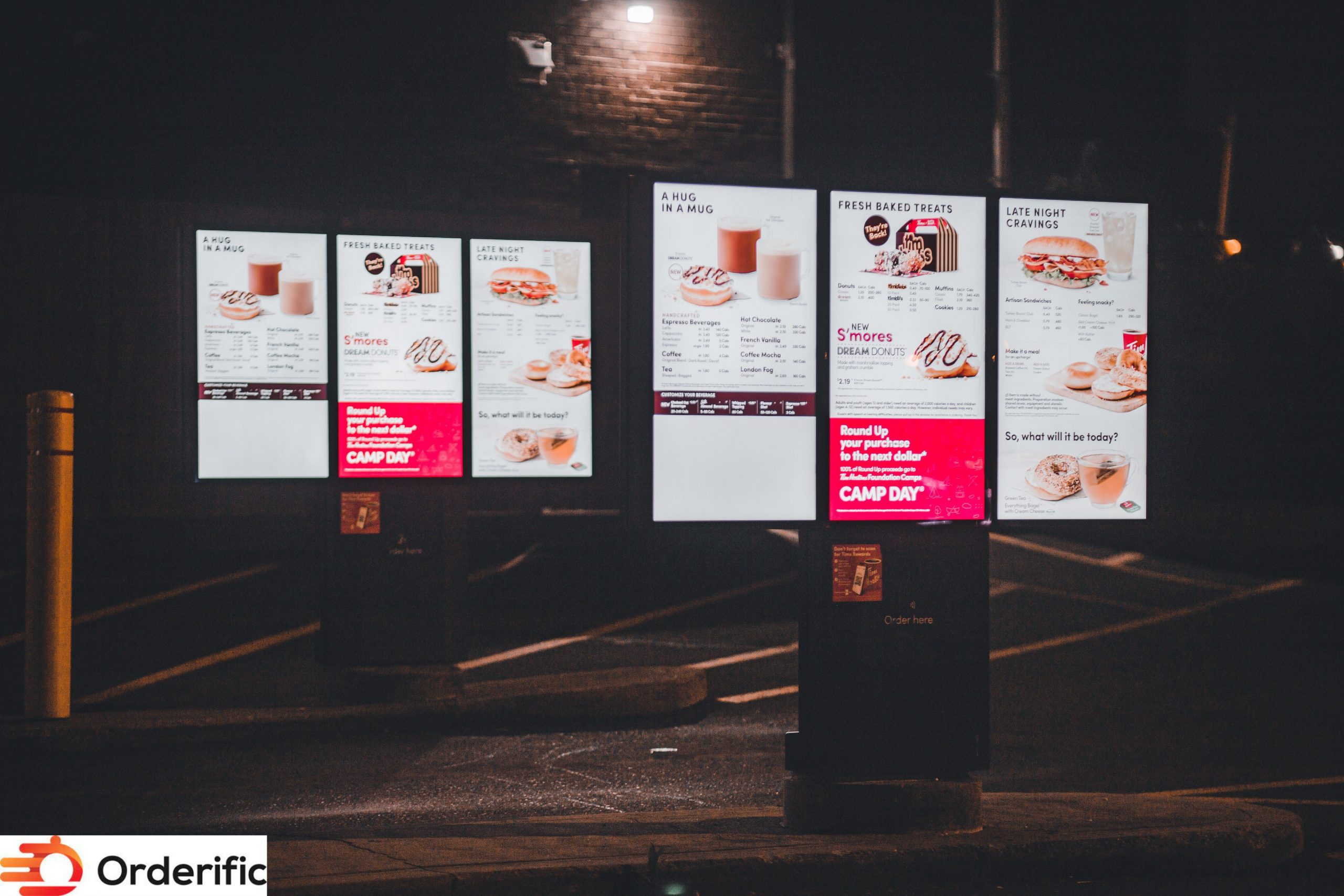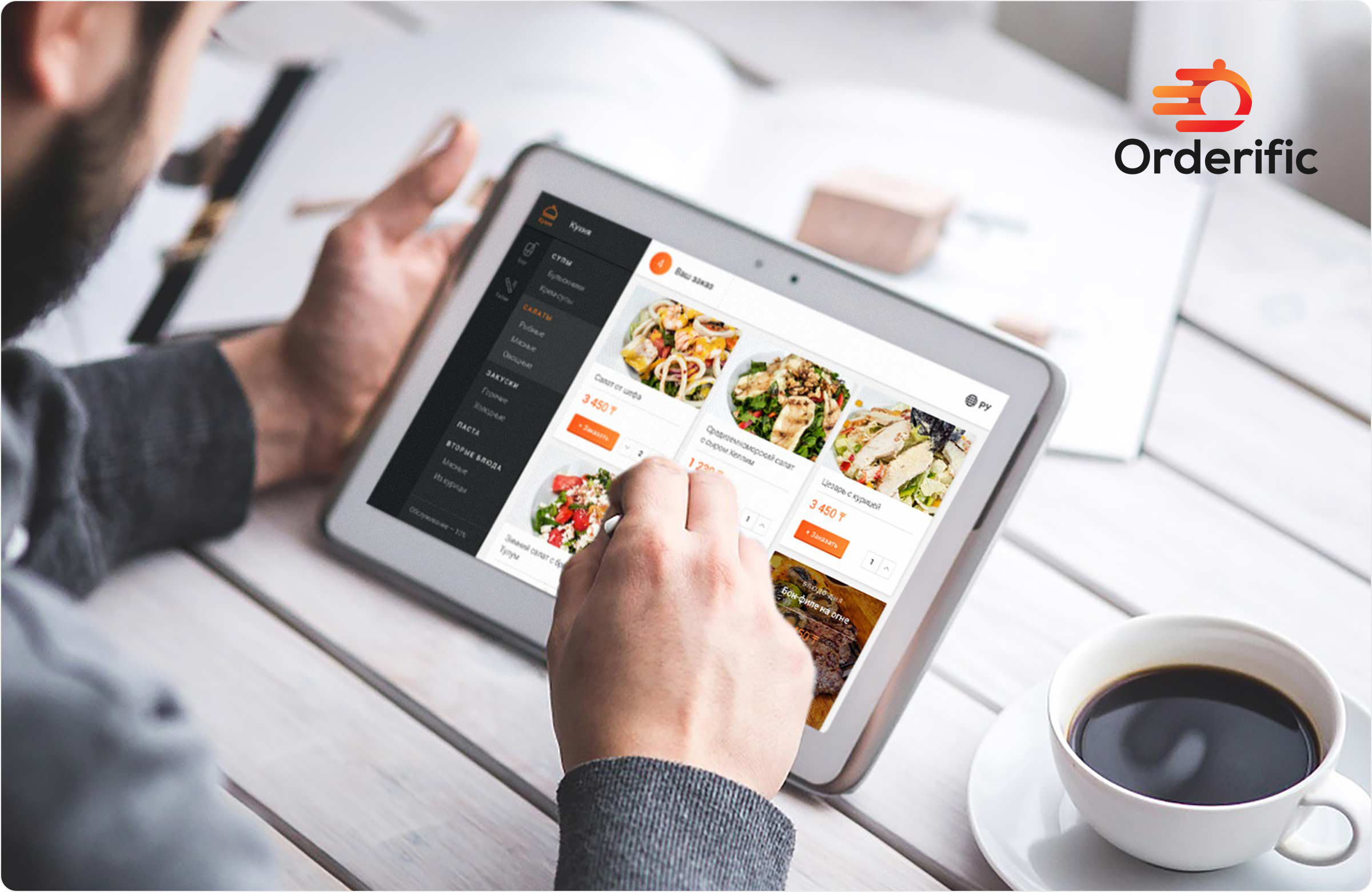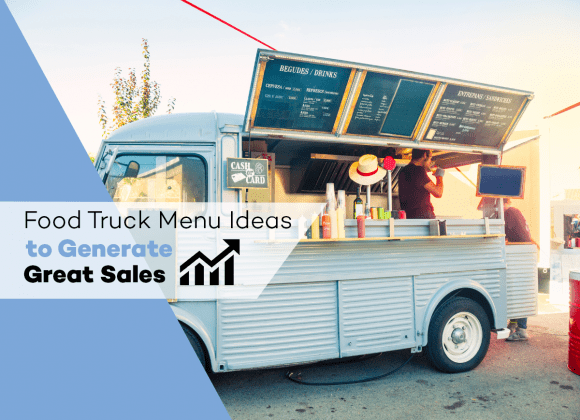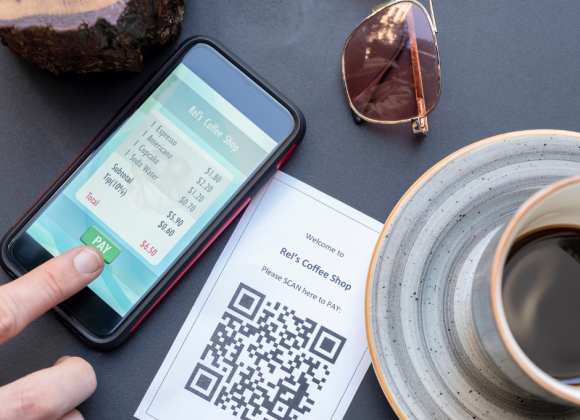Food Menu Development is one of the key ingredients to opening up a popular restaurant.
Unfortunately it’s something that most new restaurant owners have to tackle early. If they don’t take market factors into consideration when developing a menu for their restaurant they’ll be doomed to failure before their doors even swing open.

One of the most important decisions a restauranteur will ever have to make is the type of food they will be serving. Many Cuisines are available to choose from like Indian, Italian, Mexican, Ethiopian, American, Healthy, Organic , Vegan etc.
These categories are the major motivators that move people out of the streets and into your seats. After someone asks you if you want to go out to eat, their second question is always, “What are you in the mood for?”
Restaurants are divided into popular categories by search engines because they know that people look for restaurants under these broad categories based on what they’re craving.
You can’t simply serve what you like to cook. You need to consider who your target market is, whats trending, price points the market will bare, the size of your menu, the availability of ingredients you will use, the time it takes to prepare the food, how much time your customers are willing to spend waiting on each course, how many items the menu will have, the qualification of your staff to cook and plate dishes and menu pricing.
Your Target Market Is the Basis For your Food Menu Development
You need to figure out who your customer is before you develop the food menu for your restaurant.
Who are your customers? What are their tastes? What is their level of income? Are they young professionals who are looking for something new with disposable income to spend on fancy dinners? Or are they more conservative meat and potatoes people.
Are you going to be serving young families who are on a budget? Is your restaurant in a tourist area where people can spend two hours on a meal. Or are you located in a metro where corporate workers are looking for a fast bite? Once you can answer these questions you’ll be able to move onto next steps.
Food Menu Trends
Trends are an important part of pop culture so you want your menu development strategy to reflect the happenings of the day. Different trends over the years have driven sales to restaurants like Chicago style deep dish pizza, gluten-free, farm to table, gastropubs etc.
You need to make sure to incorporate trends that are big enough to attract clients but not so niche that you don’t appeal to a wide enough audience.

Building Your Food Menu
How Many Items Should Your Menu Have?
Have you ever been to a Chinese restaurant with one of those long menus? They’re overwhelming to look at. Customers suffer from analysis paralysis when they see a six page menu with 87 options. Can you imagine having to stock all of those ingredients? That would be hard to keep track of and expensive.
So you don’t want your menu to be too long. But you also don’t want it to be too short. If you don’t have a large enough selection then you make it hard for everyone to find something that they would like to eat.
An ideal menu has an array of entrees and appetizers that include different types of seafood, meat, chicken, starches, gluten free, vegetarian, vegan and vegetable options.
The menu should represent various cooking techniques like frying, poaching, roasting, baking, fermenting and smoking. A 2010 study by Loannis S. Patelidis of Cornell University School of Hospitality based on the data collected from social media discovered the following tips:
- Fish is the most impressionable dish.
- Chicken is the second most impressionable.
- Appetizers are the most remembered and talked about dishes by people after they left the restaurant.
A broad menu gives you the advantage of allowing you to meet traditional preferences along with the rising trends plant-based dining.
Menu Development Pricing
Now that you know what type of food you’ll be serving, who your customers, are and which trends to follow, you have to figure out how much money to charge per item.
Essentially your goal when pricing a menu is to maximizes sales and profits by focusing on less expensive ingredients and popular dishes.

Figuring best practices when you’re in the menu development phase of your business involves playing, “The price is right.” If you’re prices are too high you run the risk of getting priced out of the market. On the other hand, if you’re food is too cheap you’ll loose profit. You may also inadvertently tell customers that your food is low quality if prices are low.
The best place to start when investigating how to price your developing restaurant menu is to follow the leader. Conduct market research within your zip code to see how much your competition is charging for similar items.
Even though menu pricing seems tricky the most important consideration to make is your costs. It’s important to know your production costs so that you can figure out your prime costs. Once you know your prime costs. You can divide them by your annual gross sales to figure out how much money you’re taking home.
How to Develop Prices For Your Menu
If the last section of this article has your head spinning here is some info on the pricing basics to help break down this process further.
Pricing Basics for Restaurant Menu Development
The first step in successful menu development pricing for restaurants is to prepare a realistic budget. You can’t come up with a profitable price structure without figuring out what your projected prime costs will be. Prime costs are what it costs you in raw materials to put food on the table, plus labor costs and all other expenses. Once you know these costs you’ll be able to determine what kind of pricing will cover your costs with enough profit left over. Your take profit should be between 60% and 40% of your total sales.
Take the time to come up with your targeted food cost percentage. You should aim for your targeted food cost percentage to be between 28% and 35%. Once you’ve established this number you can move on to pricing out your menu’s ingredients to make sure you’re on track.
Costing Menu Ingredients for Restaurant Menu Development
Ingredient pricing/cost is the cost of ingredients + the cost of preparing them. The more expensive the ingredients and labor are the higher you should price the final dish. Thats why steak is always more expensive than pasta. Meat is one of the most expensive ingredients and requires the most skill to prepare correctly.
In the business restaurants use Recipe Costing Sheets to establish costs for each item on a menu. To create a recipe costing sheet first you and your chef must establish a recipe for each menu item. Then the cost of each ingredient needs to be figured out and recorded. The total cost of the recipe’s ingredients per 1 unit plus 5-10% surplus allocated for waste, shrinkage and trimming will equal recipe cost.
What are the components of a Recipe Costing Sheet?
Each menu item should get it’s own recipe costing sheet.
Recipe costing sheets are made up of units, ingredients, serving unit, serving cost/unit, serving size and cost per serving.
- Ingredients – In the ingredients section you’ll list the ingredients that will be used to prepare one menu item.
- Unit – Is the unit of measure that each ingredient is purchased by like pounds, ounces or grams.
- Purchase Cost Per Unit – Is the current market price for each unit.
- Serving Unit – Is the measurement of each ingredient used in the recipe.
- Serving Cost Per Unit – The cost per measure divided by the number of units in each measure.
- Serving Size – Is the amount of each ingredient used in the recipe for 1 dish.
- Serving Cost – Is the cost per unit multiplied by the portion size.
- Waste – A buffer of ingredients added for the inevitable mistakes made and ingredients thrown away. Similar to the waste that is always calculated into the amount of raw construction materials needed to build something.
Trim, Shrinkage and Yield: A MUST for Successful Menu Development Pricing
For exact recipe costing sheets to be developed you must uncover the amounts of food to be factored into waste due to losses through the preparation process. This includes trim (food trimmed away prior to cooking). For example the fat cut off of a steak before it is prepared. Shrinkage is the amount a food shrinks down when it’s cooked. For instance a 10oz steak will shrink down to 8oz when it’s cooked. The yield is the actual amount of food left over after trim and shrinkage have been accounted for.

Standardise Portions and Recipes
Make sure that all portions plated and recipes created have consistant measurments. If you’re staff is serving 9 oz of mac and cheese on some nights and 9.5 ounces on other nights. The recipe costing sheets you’ve developed will be inaccurate and you’re numbers will be off.
Calculating Food Menu Prices
Remember that to be profitable your food cost must be around 35% or under. Use the cost of sales percentage formula to figure out a target price by dividing the food cost by your targeted food cost percentage.
For example: if a caesar salad costs you 3.00 to make and your targeted food cost is 30% you would divide 3.00 by .3 which equals 10 dollars. Your caesar salad should be priced at 10 dollars if it costs you three dollars to make per portion.
Of course if the current market will bear a price of 15 dollars you can charge 13 dollars for the salad to maximize profits.
The Importance of Aesthetics for Menu Development
Now that you have done all of the heavy lifting developing your menu. The last thing to do is put a pretty bow around it! A.K.A design your menu! There are plenty of studies out there about how to design a physical restaurant menu.
Nowadays physical menus are a thing of the past and digital QR code menus are here to stay. Similar principals of design apply when designing digital restaurant menus and physical menus.
- The food menu should resemble the ambiance and style of your restaurant.
- Popular menu items should be emphasized in order to lift conversion rates.
- Descriptive language should be used to help customers visualize the food.
There are plenty of online graphic services that you can use to design the restaurant menu you have developed. For more detailed techniques to use when designing a Digital QR Code Menu for Restaurants that are guaranteed to increase sales check out this article.
Are You Ready For Your Own Digital Restaurant Menu? We’ll Make You One For Free!

Whether you’re still in the early phases of menu development for your restaurant or you’re ready to head to the printer, we can help you pull it all together! Orderific is company that specializes in software designed to ease the burden of running a restaurant for owners and staff. We not only offer free QR Code Menus. We have trained restaurant consultants who can help you streamline your business, automate inventory, give you pay at the table technology and more. If you’re ready to bring your restaurant to life, increase your bottom line or reduce staff schedule a demo with our multilingual technology team. We’re open 24/7 and serve restaurants on an international stage.
Click here to schedule a demo!
FAQs
How do you make a perfect menu?
To make a perfect menu, consider your target audience, create a balanced variety of dishes, price items strategically, and regularly update based on customer feedback.
How do you structure a food menu?
Structure a food menu by categorizing items logically, using enticing descriptions, arranging dishes in a reader-friendly layout, and considering the flow of a meal.
What are the principles of menu planning?
The principles of menu planning include understanding customer preferences, balancing the menu with diverse options, managing ingredient costs, and ensuring dishes align with theme.
What are 3 important factors when designing a menu?
Three important factors when designing a menu are pricing items competitively, considering dietary restrictions and preferences, and maintaining consistency in quality and portion sizes.


